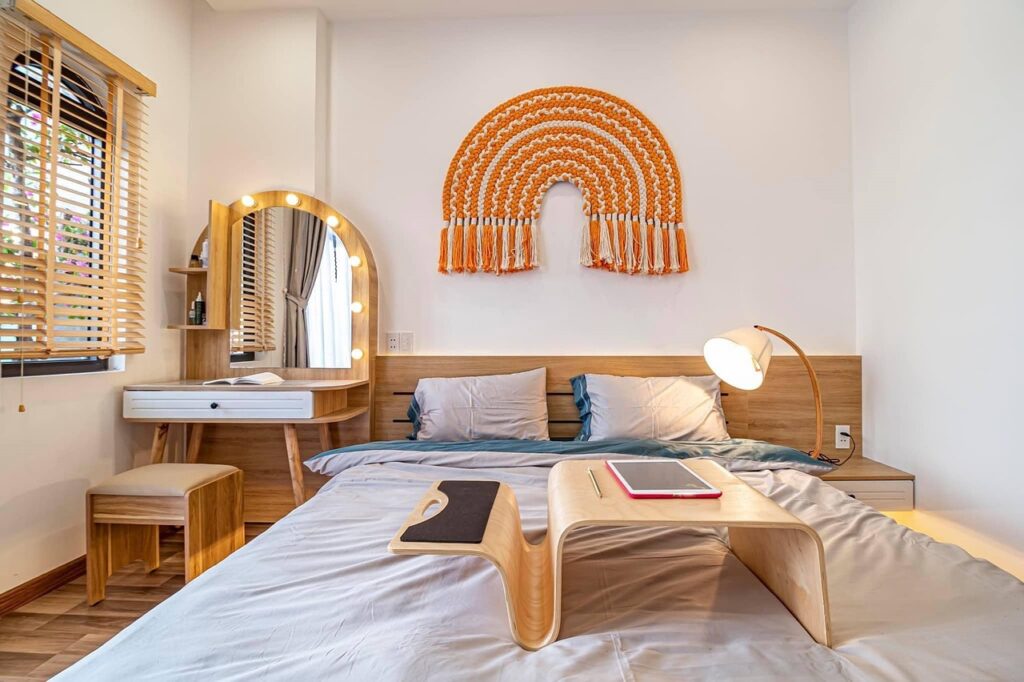Wearing clothing is a fundamental aspect of human life. It does not only serve as a means of covering and protecting our bodies but also to express our personal style and influence the way others perceive us. Italy, a country well-known for its fashion and style, takes great pride in the manner in which its citizens dress.
In Italian society, wearing the required attire for various occasions is considered vital. Italians place great significance on dressing appropriately, whether it be for social events, work, or even just going out for a stroll. The emphasis on dressing well arises from the notion that appearance plays a substantial role in making a positive impression and projecting confidence.
In Italian, the verb “wear” refers to “indossare.” The term “indossare” is derived from the Latin word “indutio,” which implies “to put on” or “to dress oneself.” However, “indossare” refers to the act of putting on or having clothing or accessories on the body.
This involves the action of covering oneself with garments and adorning oneself with several items to achieve a desired look or to protect oneself from the elements. Also, the etymology echoes the act of wearing as a natural human action embedded in our daily routines and societal norms.
In Italian, “wear” can refer to both the physical action of putting on clothing and the broader concept of personal style and fashion choices. The notion of wear in Italian encompasses a wide range of clothing options, personal fashion choices, and cultural aspects.
This article will explore the meaning of wear in Italian and its different applications in everyday life. However, Italians understand that clothing is not only a means of covering the body but rather a form of self-expression and a way to display one’s personality to the world.
Understanding the Concept of Wear

To fully grasp the concept of wear in Italian, it is important to understand how it is being used in context. In Italian culture, clothes and attire play an important role in self-expression and also reflect their individual style.
Italians are known for their distinctive fashion sense and attention to detail when it comes to dressing. From the current designer trends to classic, timeless pieces, the Italians have a substantial understanding of personal style that is particularly ingrained in their culture.
Furthermore, understanding wear in context means being knowledgeable of the appropriate dress codes for different occasions. Italians place great significance on dressing appropriately, whether it’s for a religious ceremony, a formal event or even a casual outing. Being conscious of these cultural norms allows non-native speakers to navigate social situations with respect and ease.
Clothing is a vital part of Italian culture and identity. Italians are admired and appreciated worldwide for their sense of style and fashion. To wear in Italian is not just about covering the body but also about expressing oneself through your attire.
Italians consider clothing an indication of who they are and how they want to present themselves to the world. Italians have mastered the art of appearing effortlessly smart and fashionable, and this is displayed in their choices of what they wear.
Expressions with “To Wear” and its Meaning
Italian has several expressions involving the concept of wear but we will consider just a few below. These idiomatic expressions are generally used and they also provide more colour and depth to the language.
1. “Essere vestito a festa”
This expression implies to be dressed up for a formal or unique occasion. It communicates the idea of being impeccably dressed and ready to be celebrated. For example:
- La coppia era vestita a festa per il matrimonio. (The couple was dressed up for their wedding.)
2. “Stare in…/Andare in…”
These expressions are used to signify a particular dress code or outfit suitable for a specific event. For instance:
- Stasera andiamo in discoteca, Vado in jeans. (Tonight we are going to the club, and I’m going in jeans.)
- Al matrimonio di mio fratello, starò in tailleur. (At my brother’s wedding, I will put on a suit.)
3. “Indossare i panni di…”
This expression denotes that you take on the role or assume the identity of someone else. It is frequently used metaphorically. For example:
- L’avvocato deve indossare i panni del difensore. (The lawyer must take on the role of the defender.)
4. “Non vestire di…”
This expression is used to communicate dislike or disapproval towards a certain clothing style or fashion trend. It translates as “does not suit.” For instance:
- Quei colori non ti vestono affatto! (Those colours really do not suit you at all!)
The Influence of Italian Designers
Italian designers have played an essential role in shaping the concept of wear in Italian fashion. Perhaps the most well-known example is Giorgio Armani, whose revolutionary strategy for tailoring in the 1980s revolutionized the fashion enterprise.
Armani refused the rigid structure of traditional suits, opting for lighter and softer fabrics and also relaxed silhouettes, giving the wearer a sense of freedom and ease without sacrificing any style. His fundamental values of wearability set the standard for future Italian designers and also continue to influence the global fashion landscape today.
Another iconic Italian designer, Miuccia Prada, has also made notable contributions to the “wear” philosophy. Prada’s designs explore the conjunction of practicality and innovation, blending unexpected materials, patterns and textures while ensuring that every piece remains wearable and useful. This responsibility to wear has garnered immense gratitude, positioning Prada as a leading trend-setter in high fashion.
Contemporary Italian Fashion
In today’s fashion world, Italian designers persist in prioritizing wear in their collections. Brands like Max Mara, Salvatore Ferragamo and Valentino always produce clothing that covers the essence of wearability. Italian fashion houses are known for their accurate attention to detail, high-quality materials and expert tailoring techniques, ensuring that each garment fits perfectly and also allowing for a comfortable wearing experience.
Italian street style is also heavily influenced by the conception of wear. The casual elegance often associated with Italian fashion effortlessly blends relaxation with style. From a tailored trouser paired with a relaxed blouse to effortless layering and accessorising, Italian women and men exude a feeling of confidence and ease that completely captures the essence of Italian wear.
Global Impact and Future Trends
The influence of Italian wear in global fashion cannot be exaggerated. Italian design houses, with their dedication to wearability, have helped to shape the industry’s awareness of function and fashion, encouraging the creation of clothing that suits the demands of contemporary lifestyles. Today, luxury brands from around the world seek inspiration from Italian fashion and style, incorporating elements of wear into their own designs.
Looking ahead, the concept of wear in Italian fashion is balanced to remain a crucial part of the industry. As clients increasingly prioritize comfort and longevity, designers will go on innovating and creating clothes that effortlessly blend style and practicality. From sustainable materials to adaptable designs, Italian fashion and style will be at the forefront of shaping future trends while maintaining its duty to wear.
Final words
Wear in Italian carries a profound meaning that goes beyond the literal act of putting on clothes. It encapsulates the Italian sense of style, elegance, and personal expression. In Italy, clothing is seen as a stretching of oneself, an expression of taste, refinement, and culture. Italians express their identity and creativity through what they wear, paying keen attention to detail, quality, and appropriateness for different social situations. The Italian approach to fashion is greatly ingrained in their society, reflecting their passion for beauty and also the art of dressing well.




